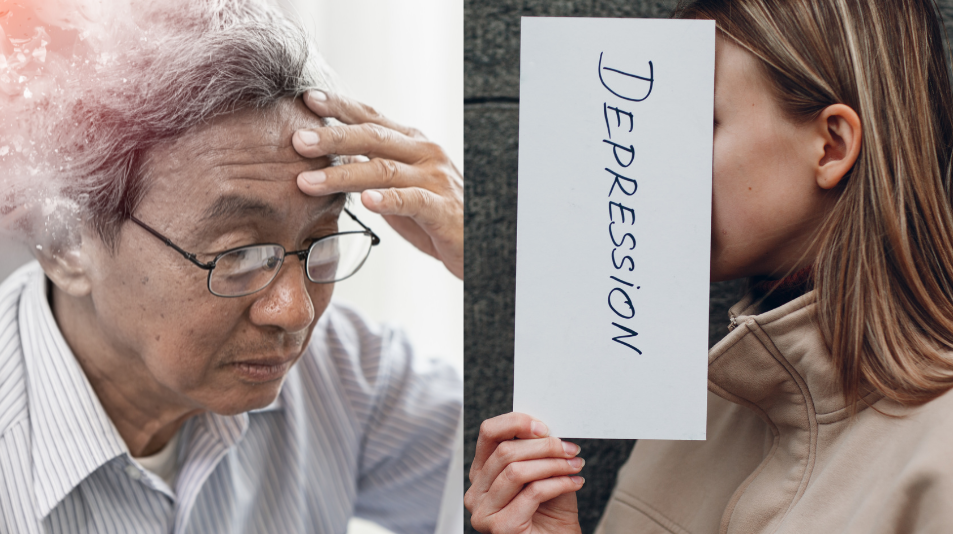
As You Age, Which Is More Important – Stretching, Balance Exercises, or Strength Training?
Aging is often associated with gray hair and wrinkles, but the real concern lies in the decline of strength, balance, and flexibility. These aspects are crucial as they directly impact mobility and functionality. A recent study has highlighted the importance of maintaining these physical attributes such as stretching, balance exercises and strength training as we age, and this article delves into the details of these findings.
The Decline with Age
As we age, our muscle mass and strength inevitably decrease. This decline begins around the age of 30 to 35 and accelerates after 65 for women and 70 for men. Balance and flexibility also deteriorate due to changes in vision, sensory nerves, joints, and ligaments. These declines can lead to pain, falls, fractures, and a general loss of mobility.
The Importance of Exercise
Given the well-documented declines in physical attributes with age, the US Centers for Disease Control and Prevention recommends adults aged 65 and older engage in moderate-intensity exercise for at least 150 minutes a week. This should be complemented with strength training and balance exercises at least twice weekly.
The Hierarchy of Exercise Types
While strength, balance, and flexibility are all important, the emphasis on each varies depending on individual needs. Aerobic exercise is generally considered the most important, followed by resistance training, with balance and flexibility work coming in third. However, the focus can shift based on a person’s health condition and lifestyle.
The Problem of Inactivity
Despite the known benefits of physical activity, a significant percentage of Americans aged 50 and older remain inactive. This inactivity increases with age, leading to a higher risk of mental health issues, dementia, and cognitive decline. Regular physical activity, coupled with strength, balance, and flexibility work, can greatly enhance the aging process.
Incorporating Exercise into Daily Life
Incorporating aerobic exercise, strength training, and balance and flexibility work into your weekly routine doesn’t have to be overwhelming. Activities like golf, gardening, walking the dog, or even standing on one foot while waiting in line can contribute to your physical health. The key is consistency and integrating these activities into your daily life.
In summary, maintaining strength, balance, and flexibility as we age is crucial for a healthy and active lifestyle. Even if the thought of regular exercise seems daunting, giving it a try for a few months can make a significant difference. You’ll likely find that regular physical activity becomes easier, more enjoyable, and leads to fewer injuries. So, why not start today and age gracefully?


